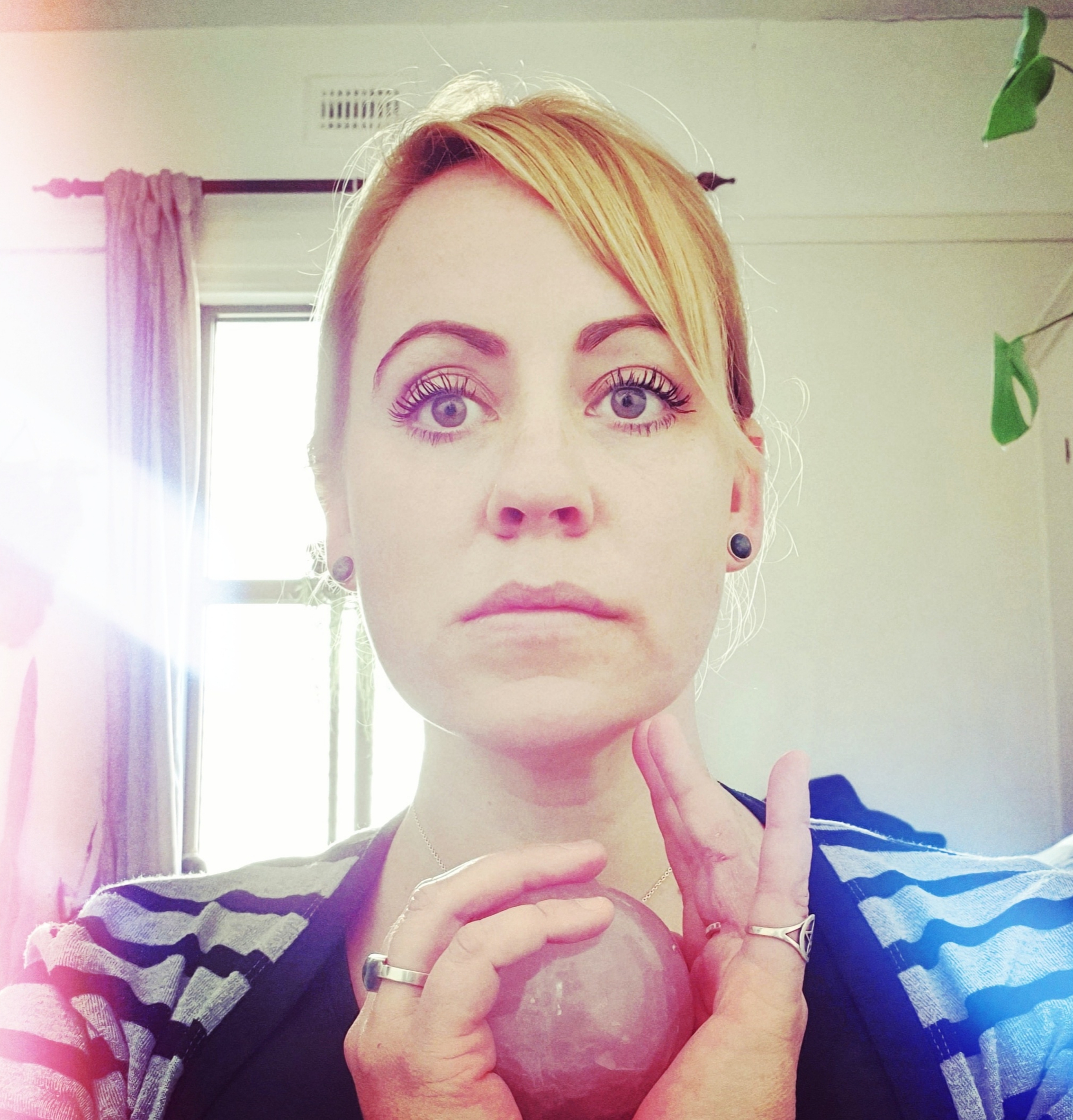The Celtic Wheel of the Year ~ An Interwoven Cycle of Time and Place.
- Lauren Sime

- Jul 20, 2024
- 4 min read
Updated: Aug 10, 2024
The Celtic Wheel of the Year is a deeply intertwined system of festivals and observances that mark the passage of time through the lens of both solar and lunar cycles. This balance of masculine and feminine energies reflects the holistic approach the Celts took towards understanding their world and their place within it. I've followed this cycle since I was a teenager, when it was the only path that made sense to me. Initially, as the northern hemisphere did, though it didn't quite feel right, and then reversing the dates as below. However some southern hemisphere folk like to stick to the traditional calendar.

The Solar Festivals: Aligning with the Astronomical Year
The four solar festivals—Winter Solstice, Spring Equinox, Summer Solstice, and Autumnal Equinox—are rooted in astronomical events and are often associated with the impressive stone circles constructed by our ancestors. These circles, oriented to the sun's rise or set points during these times, highlight the importance of these celestial events in the agricultural and pastoral cycles of the ancient Celts.
Please note, for the Southern Hemisphere the dates are as follows:
Lammas ~ February 1-2
Mabon ~ March 21
Samhuinn ~ April 30-May 1
Yule ~ June 21
Imbolc ~ August 1-2
Ostara ~ September 21
Beltane ~ October 31
Litha ~ December 21
Winter Solstice (December 21st): Known in the Druid tradition as Alban Arthan, this festival marks the longest night of the year. It symbolizes death and rebirth as the sun begins its journey towards longer days. Rituals involve casting away what no longer serves and welcoming the new light.
Spring Equinox (March 21st): Called Alban Eilir, this equinox signifies the balance of day and night. It is a time of sowing and preparation, where the increasing power of the sun heralds the coming of summer's abundance. This festival symbolizes late childhood, a period of growth and development.
Summer Solstice (June 21st): Celebrated as Alban Hefin, this is the day of maximum light, where Druids hold elaborate ceremonies through the night, welcoming the dawn of the longest day. It is a time of peak activity and expression, aligning with the zenith of summer's energy.
Autumnal Equinox (September 21st): Known as Alban Elfed, this equinox also balances day and night but marks the decline of the sun's power. It is a period of thanksgiving for the harvest and preparation for the winter months. This time reflects maturity and the gathering of life’s fruits.
The Lunar Festivals: Reflecting the Livestock Cycle
Complementing the solar festivals are four lunar festivals, each tied closely to the livestock cycle and the pastoral life of the Celts.
Samhuinn (October 31st - November 2nd): This festival marks the end and beginning of the Celtic year. It is a time of chaos and inversion, where societal norms are temporarily upended. Samhuinn is also a period when the veil between worlds is thin, allowing for communication with ancestors and the departed.
Imbolc (February 1st): Celebrated at the onset of February, Imbolc is a festival of light and purification, marking the first signs of spring and the birth of lambs. It honours Brighid, the goddess of poetry, healing, and midwifery, symbolizing early childhood and nurturing.
Beltane (May 1st): This festival marks the beginning of summer and is associated with fertility and purification. Cattle are driven between two fires, and rituals often involve dancing around maypoles. Beltane represents adolescence and the potent energy of youth.
Lughnasadh (August 1st): Named after the god Lugh, this festival signifies the start of the harvest. It is a time of community gatherings, games, and temporary marriages. Lughnasadh bridges the agricultural and livestock cycles, symbolizing early adulthood and the first fruits of labour.
Psychological and Spiritual Dimensions of the Festivals
The Celtic Wheel of the Year is more than a calendar of agricultural and pastoral events; it is a profound reflection of the human life cycle and psychological growth.
Imbolc invokes the nurturing and mothering necessary in early life.
Beltane celebrates youthful energy and the integration of sensuality and creativity.
Lughnasadh marks a time of responsibility and the fruits of one’s labour.
Samhuinn prepares for the Great Adventure of the Other World, offering a familiar path towards the transition of death.
The solar festivals, meanwhile, represent four key functions or processes:
Winter Solstice (Inspiration and Conception) Opening to new ideas in the darkness
Spring Equinox (Reception of Wisdom) Gaining clarity and wisdom as light returns.
Summer Solstice (Expression) Manifesting dreams and working actively.
Autumnal Equinox (Recollection) Reflecting on experiences and gathering insights.
Integrating the Festivals into Modern Life
Celebrating these festivals today offers a connection to the ancient rhythms of nature and our psychological development. They provide regular opportunities to step out of everyday life and honour significant conjunctions of time and place. As I adapt these traditions to align with my shamanic path and the land I now inhabit, this practice fosters a deeper sense of peace and belonging, reflecting the interwoven nature of our existence with the cycles of the Earth, sun, and moon.
By morphing these celebrations to resonate with both the old traditions and the land I live on, I align my journey with the greater journey of the cosmos, integrating my life into a broader, sacred context. Each year becomes a microcosm of our entire life journey, with each festival offering a chance to connect to different stages of life and aspects of our psyche, ultimately leading to a richer, more meaningful existence.


